Today AMD gave a sneak preview of its first Zen architecture based part, and gave it a name: Ryzen. AMD Ryzen is a chip we have been waiting on for some time. The industry is hoping that AMD will finally become competitive again with Intel across not just the desktop and notebook markets, but also in the server space. From what AMD showed today, it looks like we will finally have a high-performance competitor to Intel single processor desktop systems in Q1.
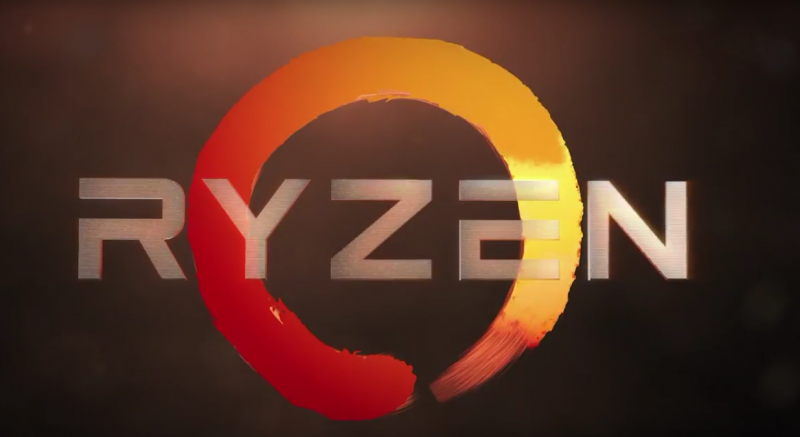
AMD Ryzen’s desktop platform is called Summit Ridge. This will bring technology such as DDR4 and NVMe to the AMD platforms. As we discussed yesterday, Naples will be the server part launching in Q2.
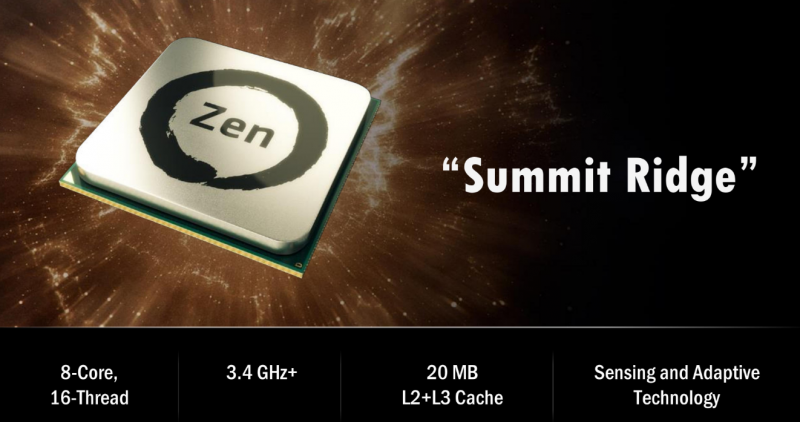
Some of the specs are really interesting. AMD has an 8 core/ 16 thread processor with a total of 20MB L2 and L3 cache. The frequencies AMD reaches are stated as a 3.4GHz base and TBD turbo clock frequencies. We should hear more about that in Q1 when Ryzen launches.
AMD Ryzen Demos
We wanted to highlight a few demos. First, AMD used the Blender rendering demo and showed the 8 core Ryzen part against a 140W Intel Core i7-6900K both at stock frequencies.
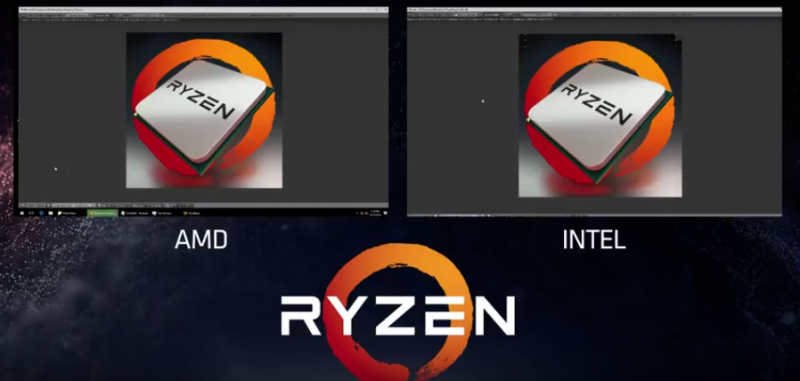
We took a snapshot near the very end and one can see that AMD actually (slightly) outpaces Intel’s chip. The company also pointed out that AMD Ryzen was at 95w TDP while Intel is at 140W. Of course, TDP is not equal to power consumption and we certainly saw a divergence in the Broadwell-E / DE / EP generations.
The second demo was a Handbrake video encode to an Apple TV 3 preset. Here AMD showed almost a 10% improvement in performance.
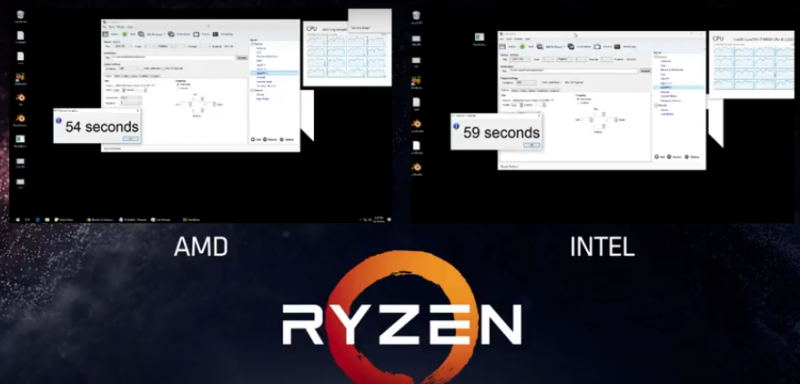
One final demo was of AMD Ryzen along with AMD’s upcoming Vega GPU platform playing Starwars Battlefront Rogue One DLC at 4K.

The overall experience was smooth.
AMD had a few more gaming demos but the point was clear parity with Broadwell-E and blowing desktop 4 Core / 8 Thread Broadwell out of the water (thanks, in no small part, to having twice as many cores.)
New Ryzen Technology
At the event, AMD CEO Lisa Su also discussed five technologies that encompass what will be called AMD SenseMI technology.
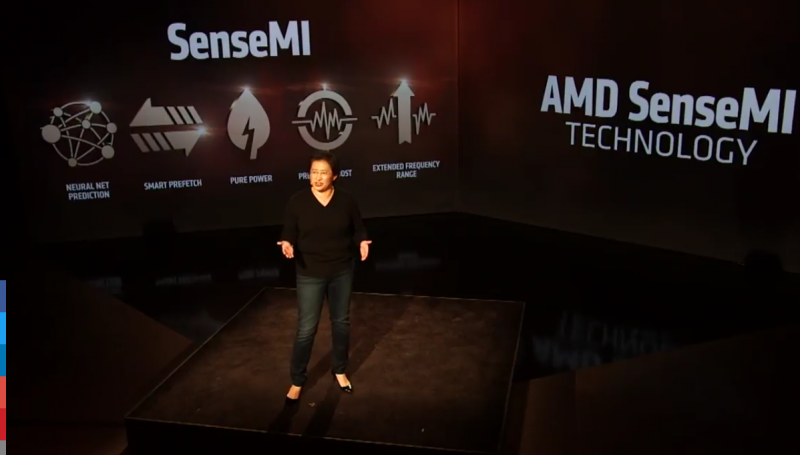
Not to get away from the buzzwords, AMD pushed a machine learning/ AI angle at its new prefetchers.
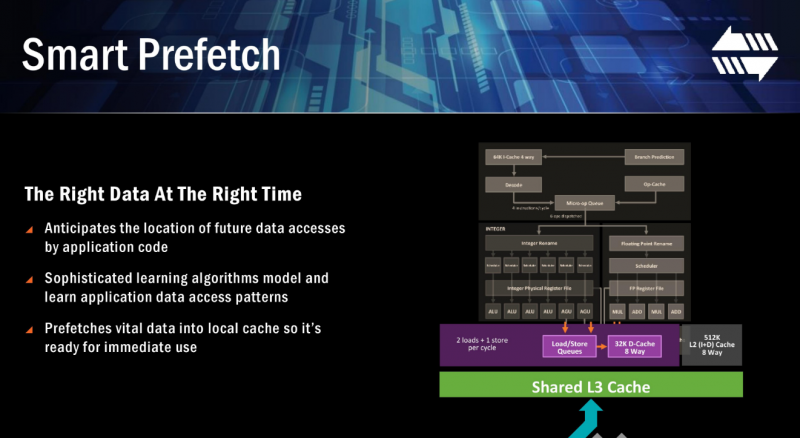
The company also is using a neural network like prediction engine to further speed up performance.
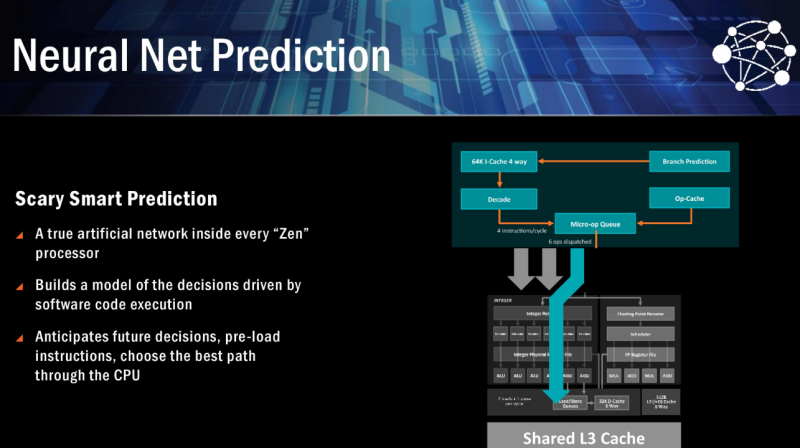
These two technologies allow the larger and higher-speed Zen cores to be constantly fed with data, and important need when running at high clock speeds.
The next three technologies are essentially focused on controlling clock speed.
First, Precision boost allows for 25MHz increment clock adjustments to get higher clock speeds so long as the processor can support it from a power/ cooling standpoint.
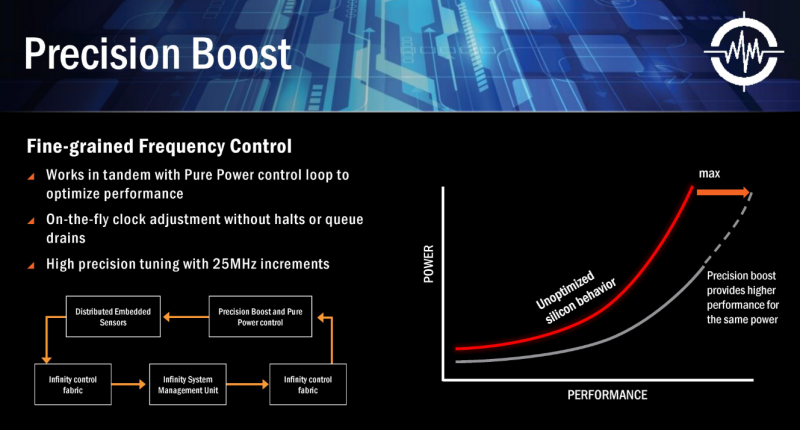
In terms of how it will keep boosting, the AMD Ryzen platform has Extended Frequency Range (XFR) which allows for scaling above the limits imposed by Precision Boost so long as the processor is cool. AMD noted that this would likely be due to higher-end cooling such as air or water.
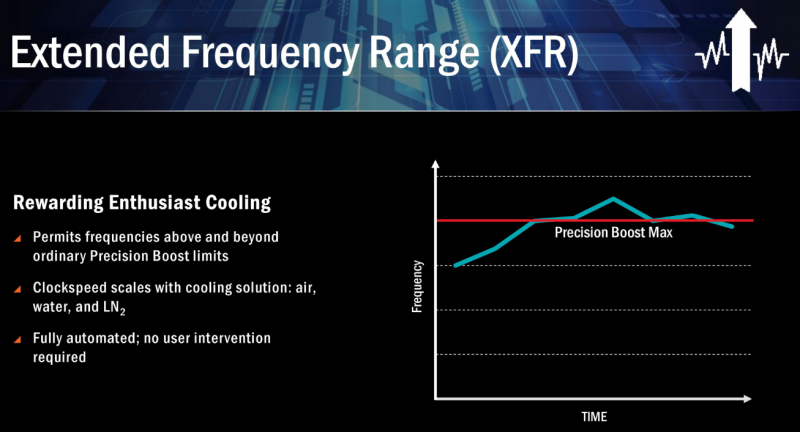
We did smile at the liquid nitrogen references since that is probably not the domain of normal gamers or most computer users.
Pure Power is the fifth technology. This is essentially the system that monitors the chip to determine how much headroom there is for speed boosting or need for lowering frequencies.
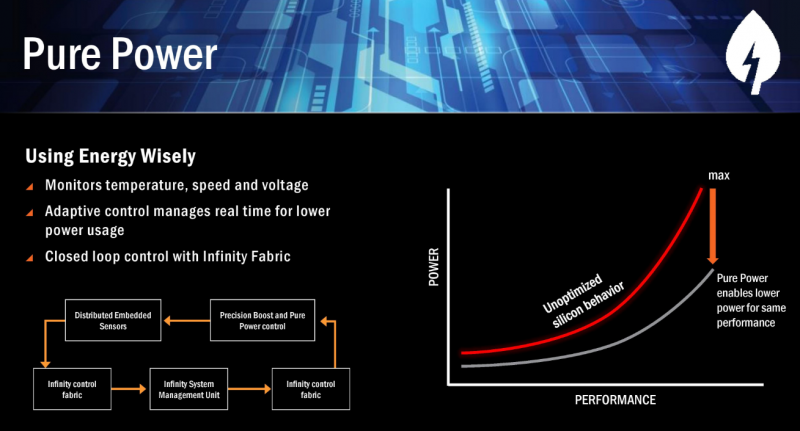
Final Words
AMD has something that ARM competitors are still not able to match: Intel-like IPC performance. While these are scripted demos run by the company, they are impressive enough that AMD Zen core performance should at least be in the ballpark of Intel Broadwell performance. Intel’s Skylake-EP will have features such as AVX512 but for general purpose compute, we still expect per-core performance in the same general ballpark. As AMD previously and ARM vendors recently have found out, if your per-core performance is not similar to the Intel ecosystem, you will have trouble selling to customers that expect Haswell performance +/- 20% per core. This thought process is very common in the cloud and virtualization areas where provisioning requests are metered in cores.
The bottom line is this: if Zen delivers at this level of performance across the board and at lower price points Intel is going to finally have worthy competition. In the server market, this type of single socket price/ performance will upend the Intel Xeon E3 line. In the desktop market, Intel will have to make some tough decisions after keeping quad core CPUs the effective maximum for seven generations of processors. This is hopefully the competition we have been waiting for in order to start pushing desktop performance well beyond the bounds of 2008’s Nehalem launch.

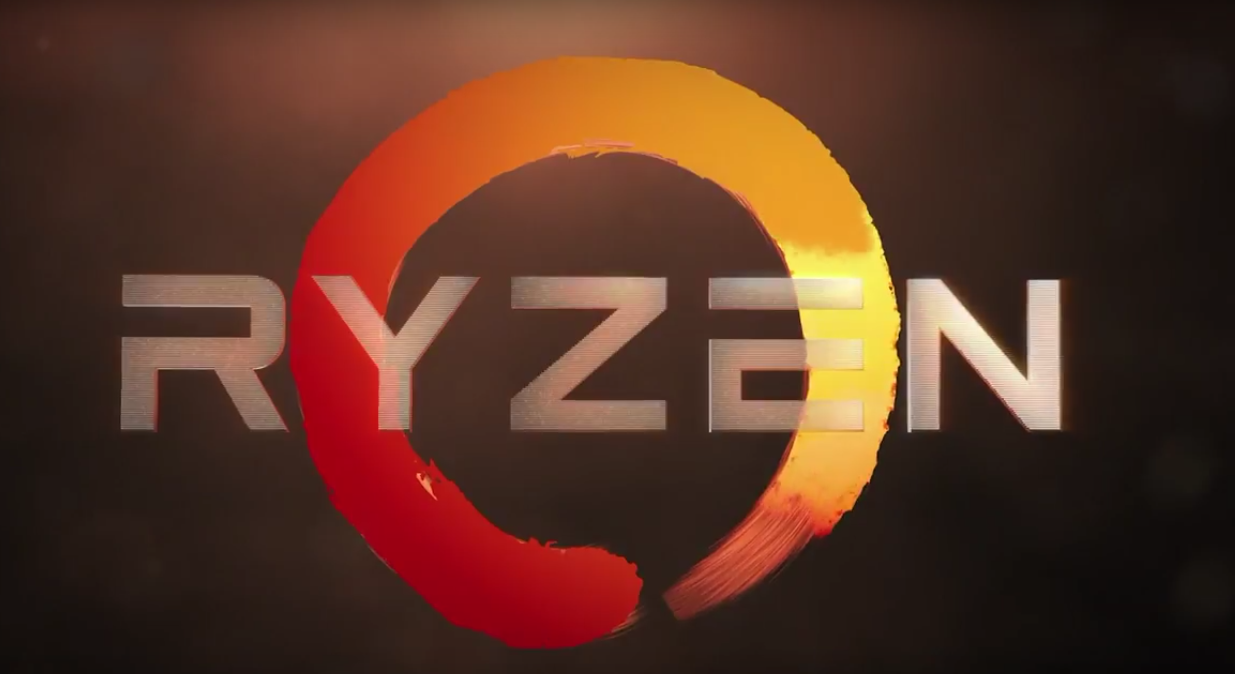



RYZEN ECC Memory Support?